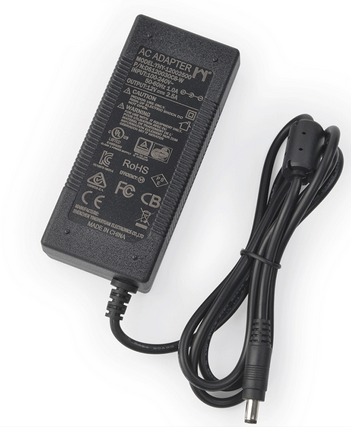I am designing a product solution which needs a 240V AC to 12V DC. I am getting that done with one of those standard laptop chargers from a reliable OEM(with necessary certifications) which looks like this with a plastic case.

The DC connector from this power supply goes to my device via a mating female DC jack. My device has a painted sheet metal casing. Its not mains earthed as the power supply DC output connector is not having the Earthing pin(Although the AC mains plug has it). After reading about Connecting Chasis GND and PCB Circuit GND here, I am thinking of connecting the Circuit GND with the Chasis via Mounting holes at a few points(I believe most PC Motherboard manufacturers do the same).
- Should I be doing the above step as the Chasis is effectively not grounded?
- If its connected and there is ESD on the metal chasis, wouldn't the circuit get damaged as its connected to the Circuit GND at multiple points via mounting holes?
